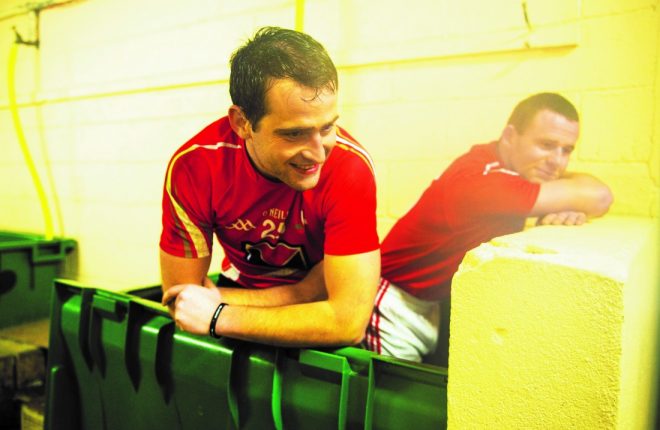
Ice baths are good, but a proper bath can do just as good a job as well
THE club season is now in full flow across the province and most teams have now been training for at least three full months.
It is this stage of the year coaches hate to hear the words “I’m not training tonight, I’m injured.” The curse of many a footballer and sometimes you question your own methods and think to yourself is it the training their doing?
The answer is probably not, it’s more likely their recovery, but particularly their recovery from games because they can place huge demands on players both mentally and physically and can take up to three full days to fully recover from.
Unbelievably in the Down club leagues, it was decided to have six games in the first 21 days and also four Monday games in the first five weeks, taking in no consideration for the hard-working guys travelling home on a Monday for a game.
It’s pretty impossible to work out and obviously no thought at all into the welfare of the player, not just the club player but the county player. Just the other night on Monday a number of inter-county players were either deemed unfit to play or came off injured for their clubs, some were pretty serious injuries too.
In such a busy hectic run of games, the word recovery becomes even more important. Players must be encouraged to take responsibility for their recovery and this starts immediately after a game by refuelling and hydrating properly.
Alcohol should be avoided straight after a player has exerted themselves at a high level, instead water or sports drinks should be loaded up on. Refuelling correctly within the first hour is important, a low fat high carbohydrate snack/meal is vital in replenishing the glycogen stores.
Even something as simple as a banana in your kit bag for consumption straight away is a step in the right direction.
There are a number of effective recovery methods, which coaches and players can use to aid their recovery.
Here are some of the most common ones.
1. A structured cool down:
After training or games all players should be put through a structured cool-down lasting between 10-12 minutes. Some light game specific activity along with some static stretching to promote blood flow and help restore normal range of movement.
2. Active recovery session:
Taking individual responsibility or getting the squad together collectively the day after games or training and performing a recovery session is a very simple and convenient way of speeding up the recovery process. It should be a low intensity session with a key emphasis on static flexibility exercises to help return muscles to a pre-exercise state. Can be performed on the pitch, hall or even in the swimming pool.
3. Compression sportswear garments:
Compression garments come in the form of shorts, tights or even socks, which are tight fitting and designed to keep the muscles warm and prevent fatigue and strain and reduce the time taken for muscles to repair themselves.
4. Ice baths/cryotherapy tanks:
Ice baths, are they magic or myth? The debate will rage on but they are becoming more common-place at all levels with some schools and underage teams even getting in on the act. The benefits are that the cold water helps reduce swelling, promotes recovery and helps body return to its normal body temperature.
Receive quality journalism wherever you are, on any device. Keep up to date from the comfort of your own home with a digital subscription.
Any time | Any place | Anywhere











